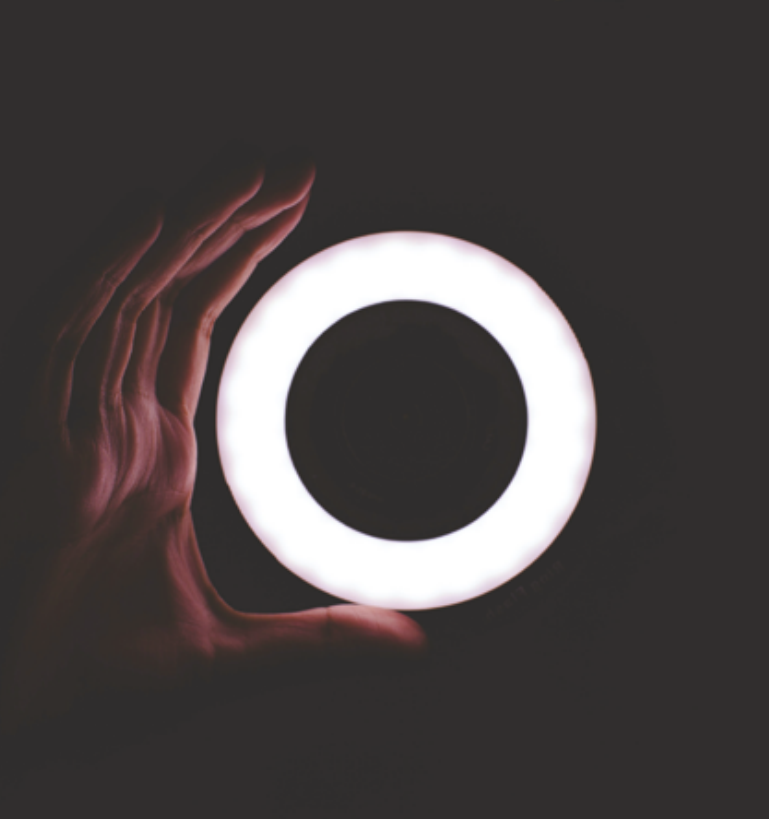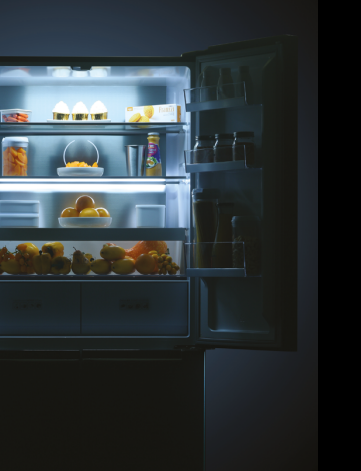Light governs the ticking of our inner clocks. The alternation of day and night sets the pace of our circadian rhythms and our physiological patterns of sleep/wakefulness. We are talking of natural light, of course, which can vary both in intensity and in colour in its dawn to dusk daily cycles. Although it has been overlooked for all too long, light has indeed an impact on people’s well- being. It can affect, in addition to our vision, our physical and emotional condition. Providing adequate, modular illumination in everyday life, in any situation and activity, is the task of future lighting systems. It is the “Human Centric Lighting” model: artificial illumination that is sustainable, smart and beneficial. For that matter, people’s well-being is, together with energy savings, one of the objectives of sustainable global development. Considering that we spend 90% of our time at home, at work or at school - i.e. indoors - we can appreciate the importance of this issue in terms of quality of life.

The technologies already employed in today’s lighting systems will facilitate the development of even smarter solutions in the future. These will be modular and more similar to natural light. In recent years, after the LEDification process- i.e. the systematic replacement of old light bulbs with LEDs - IoT technology is leading the way, with new solutions for a more effective control of domestic lighting systems, but also of entire buildings and communities. We are entering the era of smart lighting, integrated into a complex ecosystem of the most diverse smart functionalities that power the smart home/building/city. IoT (internet of Things) technology will strongly impact the lighting industry, turning the concept of “product” into that of “service”, from the moment lighting devices in a house will become part of an integrated platform managing data, functionalities and consumption in a perspective of optimisation and sustainability. A system whereby the simple remote on-and-off switching of appliances is just the tip of the iceberg. Through integrated sensors, the new generation “lightbulbs” will be able to monitor the living space, and collect data on temperature and air quality. Moreover, they will also be managing maintenance in a predictive and autonomous way, avoiding inconveniences and black-outs.

Day/sunny = 100.000 lux
Day/cloudy = 10.000 lux
Indoor light:
Office = 500 lux
School = 300 lux
lux is the international unit of measurement for light.
(source: Lightingeurope.org)
Led lighting in the spotlight
Today, this technology is entering the mainstream due to the many benefits it can provide. Let’s learn about it together.

As a rule, there was a single light point positioned in a decentralized area - usually at the top on the right. This light was not very bright and consequently had limited diffusion or was even obstructed by food in the immediate vicinity. It could therefore be difficult to see how much and what food there was, causing avoidable waste.
Today this lighting system has been replaced in almost all refrigerators with LED technology.
The advantages? Essentially three:
1
Greater efficiency in both energy and duration. The average life of these lamps is about 50 thousand hours, but for some models it is up to 100 thousand hours, with a constant luminosity output of 70%.
2
This lighting system does not create heat, therefore it does not affect the internal temperature of the refrigerator compartment. The cold light which is up to four times brighter and particularly clear allows optimal and uniform lighting, so everything inside is visible, especially in the corners and on the bottom of the shelves.
3
Given its small size, positioning inside the refrigerator compartment is very flexible. Depending on the model, it is used centrally as a ceiling light in the upper part of the interior, as a column on the back wall for its entire height or vertically on both sides. The most recent solutions are the use of LED rows integrated on the upper side and the side wall of each shelf.
Let’s add a fourth point, less functional and more associated with the aesthetics of the product:
4
An indirect lighting system such as LED can visually enhance the materials used. And if the intensity of the lighting slowly increases once the door is opened, the effect is even greater.
However, perhaps the most innovative solution for seeing what is inside a refrigerator is something else again: the transparent front panel with light activation that allows you to see inside without having to open the refrigerator compartment. This reduces the frequency of door opening, and therefore of energy expenditure, and keeps the internal temperature more uniform.
Copyright © Homa 2023
All rights reserved
.jpg?VGhlIFBlcmZlY3QgU2xvdC1pbijmraPnoa4pLmpwZw==)












.jpg?MTkyMHg3MjDvvIhkZXPvvIkuanBn)
.jpg?MTAyNHg3NDDvvIhkZXPvvIkuanBn)



















